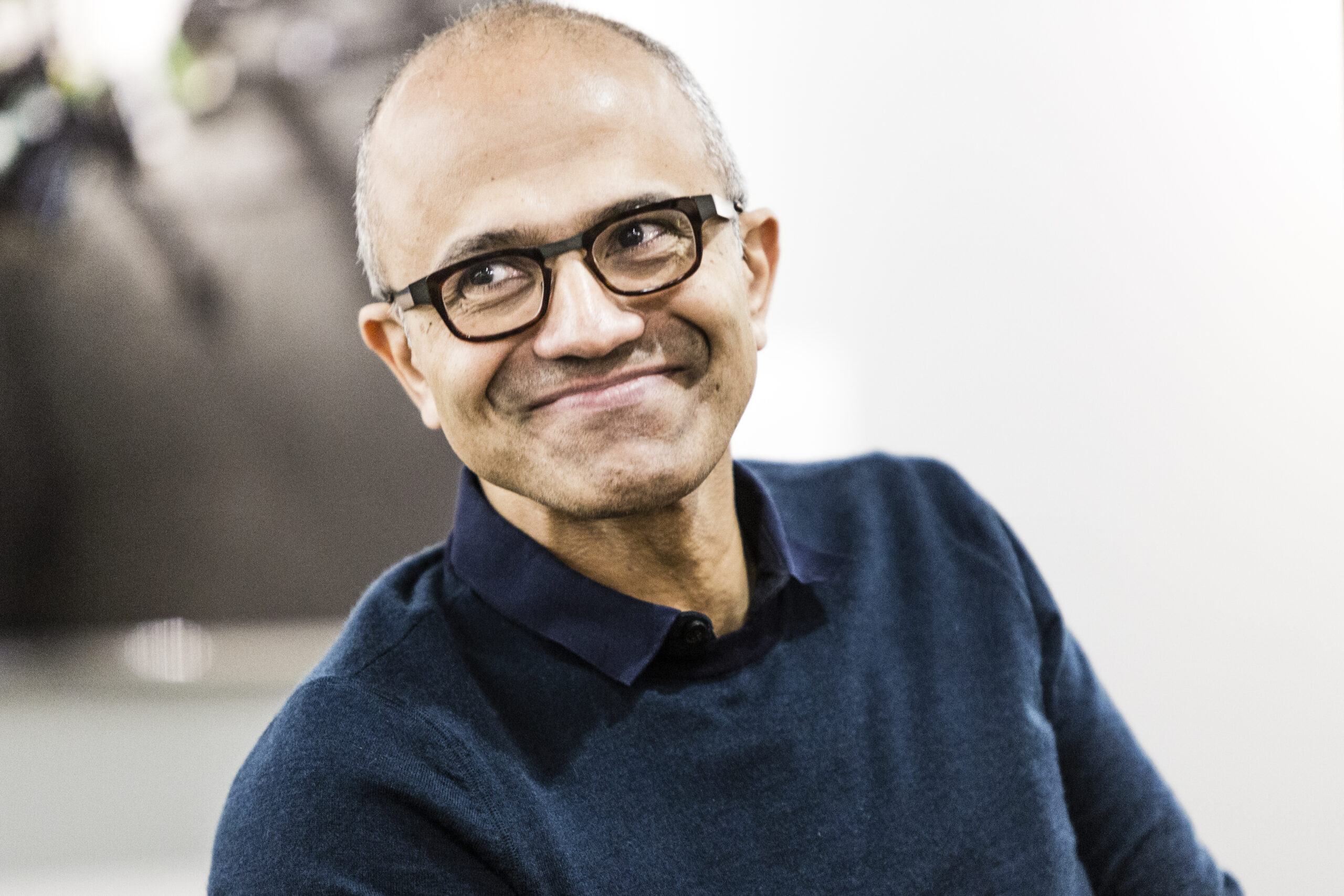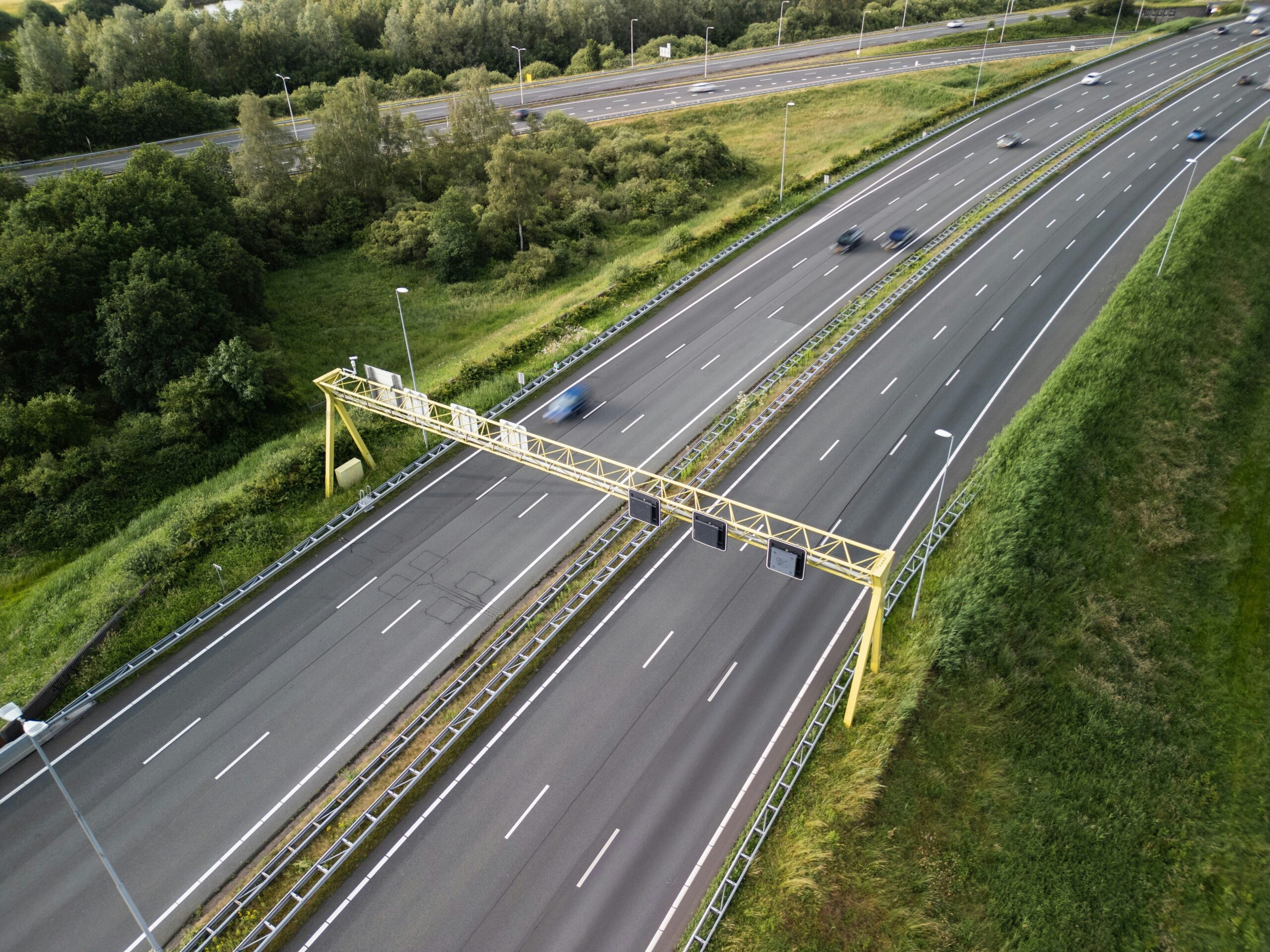Satya steps back to move forward

I did a thing last night
You know those future games
I turned off all the lights
Oh, the future came
~Bob Welch, Future Games
Filed under things I didn’t expect to see this week was Satya Nadella stepping back from his very successful tenure as full-time Microsoft CEO and taking on a more technical role. The person who moved up the ladder to share CEO duties is executive vice president and chief commercial officer Judson Althoff, who gets the shiny new title CEO of commercial operations.
As shocking as the move was, the stock price actually ticked up slightly on Wednesday, the day the move was announced, which was kind of surprising given the success of Nadella’s tenure in the corner office.
Prior to Nadella coming on board, Microsoft was primarily a Windows and Office business. Under his leadership, the company shifted gears quickly, gaining ground on AWS in the cloud infrastructure market to become a strong number 2, then moving fast to build up the company’s AI offerings. Initially, the company’s partnership with OpenAI was considered a masterstroke (although that relationship has been strained of late).

There’s little doubt that Satya has a lot on his plate these days, but that goes with the job when you run a company the size of Microsoft. Publicly, the only reason given is his desire to return to his engineering roots. Instead of spending more time with family, the typical excuse when a CEO steps back, Nadella apparently wants to spend more time with developers.
While he doesn’t actually come right out and say he’s heading back to engineering, he certainly implies it in the email that went out to Microsoft employees on Wednesday. “This will also allow our engineering leaders and me to be laser focused on our highest ambition technical work—across our datacenter buildout, systems architecture, AI science, and product innovation,” he wrote in the company-wide memo. In CEO-speak, I guess that means he wants to work more closely with the technical teams.
Faster decision making
A big question is why do this now? Patrick Moorhead, founder and principal analyst at Moor Insights & Strategy, argues that this move is about agility and making faster decisions. “In all tech gold rushes, speedy decisions are important to build faster time to market for products and services that could give the company a leg up,” Moorhead told FastForward.
Althoff can deal with the nitty-gritty business details, the long, boring meetings and the internal politics, while Nadella gets to play with the engineers and focus on AI fundamentals, the massive CAPEX investments required to build it and other strategic initiatives to keep the technology train moving.

In other words, it frees Nadella to do the stuff he enjoys, while passing off the more mundane administrative aspects of the job to someone else. It’s good for him, but enterprise customers may be wondering what this means for the company moving forward, and if it sends a signal that things could be changing. Moorhead doesn’t think so. “I think this sends the opposite message,” he said, dismissing the concern.
What’s next for Redmond?
Assuming Moorhead is right, the Microsoft juggernaut should roll on with Nadella in a modified role, guiding the company from a more technical perch. Yet it raises the question about what that will entail beyond the vague paragraph he wrote in the companywide email.
Ray Wang, founder and principal analyst at Constellation Research, thinks this is a critical move that enables Nadella to concentrate on strategy while looking to the future. “Customers are looking for leadership from Microsoft in both the current AI age and the post-AI age to come,” he said. “Customers won’t see too much of a difference in the short term with Judson picking up more operations, but they will definitely see the impact 3 to 5 years out.” It’s unclear what such a post-AI world would look like, but it would likely mean that AI has successfully transformed business and society in a way that’s consistent with the hype we are hearing today.

That forward-looking vision, however, contrasts sharply with the present reality. For now, study after study shows companies struggling to take advantage of AI in any meaningful way, at least one that favorably impacts the bottom line. As I wrote recently in this space, research shows that the AI adoption rate is actually dropping at large companies, at least for now.
Yet in spite of that, companies like Microsoft, Google, Amazon, Meta and OpenAI are placing trillion-dollar bets that transition will happen at some point. It’s against this backdrop of positivity that Nadella is making his move.
Maybe it’s just about freeing him from the drudgery of meetings and getting back in the trenches with the engineers. Either way, change is afoot at Microsoft — and if Wang is right, this move is really about the company playing future games.
~Ron
Featured image courtesy of Microsoft





